
Do you have a question about the Fujitsu AJ**A72LBTF and is the answer not in the manual?
| Cooling Capacity | 7.2 kW |
|---|---|
| Heating Capacity | 8.0 kW |
| Power Supply | 220-240V, 50Hz |
| Energy Efficiency Ratio (EER) | 3.21 |
| Coefficient of Performance (COP) | 3.61 |
| Refrigerant | R32 |
| Indoor Unit Noise Level | 49 dB(A) |
Guidelines for choosing a suitable installation site, considering weight, ventilation, access, and environmental factors.
Procedures for safely moving the outdoor unit using ropes or forklifts, with precautions to prevent damage.
Specifies required clearances and dimensions for single and multiple unit installations to ensure proper operation and access.
Instructions for securely mounting the outdoor unit, including anchor bolt placement, base requirements, and vibration damping.
Details on connecting multiple outdoor units to indoor units, including pipe length and height difference limitations.
Guidance on selecting appropriate pipe materials and diameters based on unit model, capacity, and connection configuration.
Procedures for pipe brazing and flare connections, emphasizing safety, proper techniques, and material compatibility.
Instructions for selecting and applying insulation material to refrigerant pipes to prevent condensation and dripping.
Methods for properly installing drain pipes and channels to manage condensate water from the outdoor unit.
Critical warnings and procedures for safe and correct electrical wiring, including power supply, breakers, and grounding.
Instructions for configuring DIP switches and rotary switches on the outdoor unit for proper system operation and addressing.
Procedure to check for leaks in the refrigerant piping system using nitrogen gas under pressure.
Steps for evacuating air and moisture from the refrigerant system to ensure optimal performance and prevent issues.
Guidelines for calculating and adding the correct amount of R410A refrigerant using an electronic scale and liquid pipe.
Checklist of essential pre-operation checks, including gas leakage, refrigerant charge, wiring, and DIP switch settings.
Procedures for performing test runs on the entire system or individual indoor units to verify correct operation.
Criteria for verifying correct operation during the test run, including pressure values, drain discharge, and temperature differences.
Interpretation of LED indicators during normal system operation, indicating status like idling, cooling, or heating.
Troubleshooting guide detailing error codes indicated by LED patterns for various system faults and sensor issues.
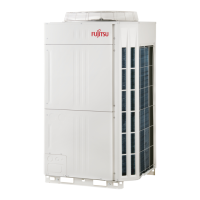




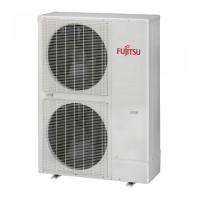

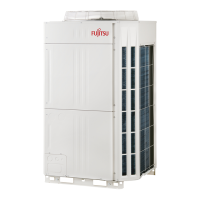
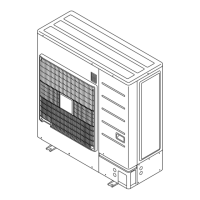
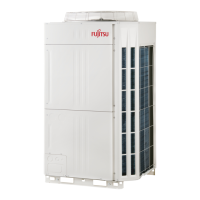


